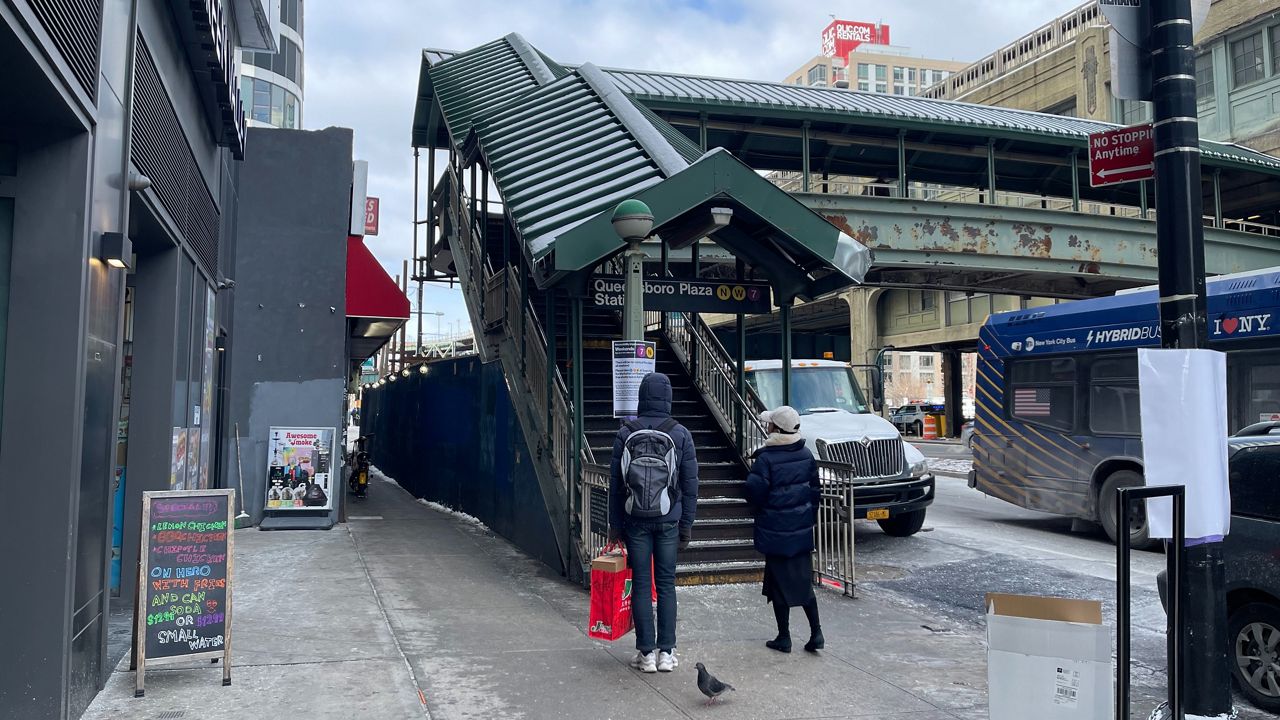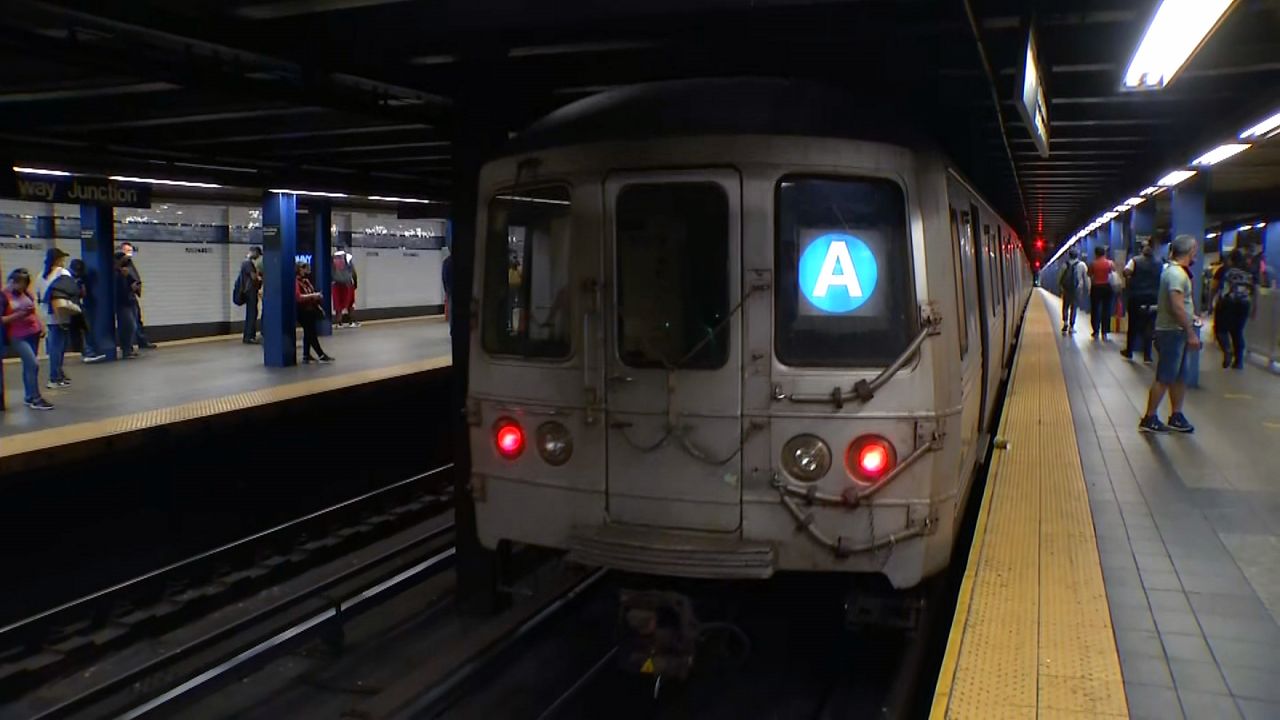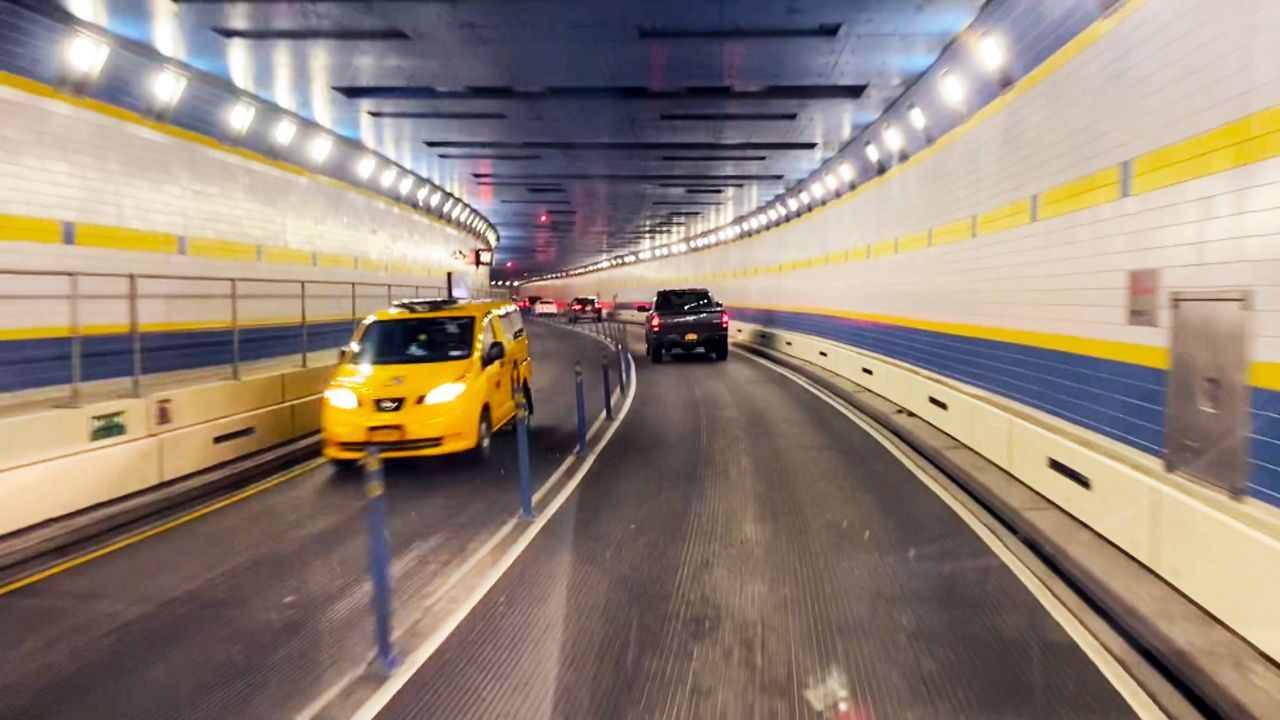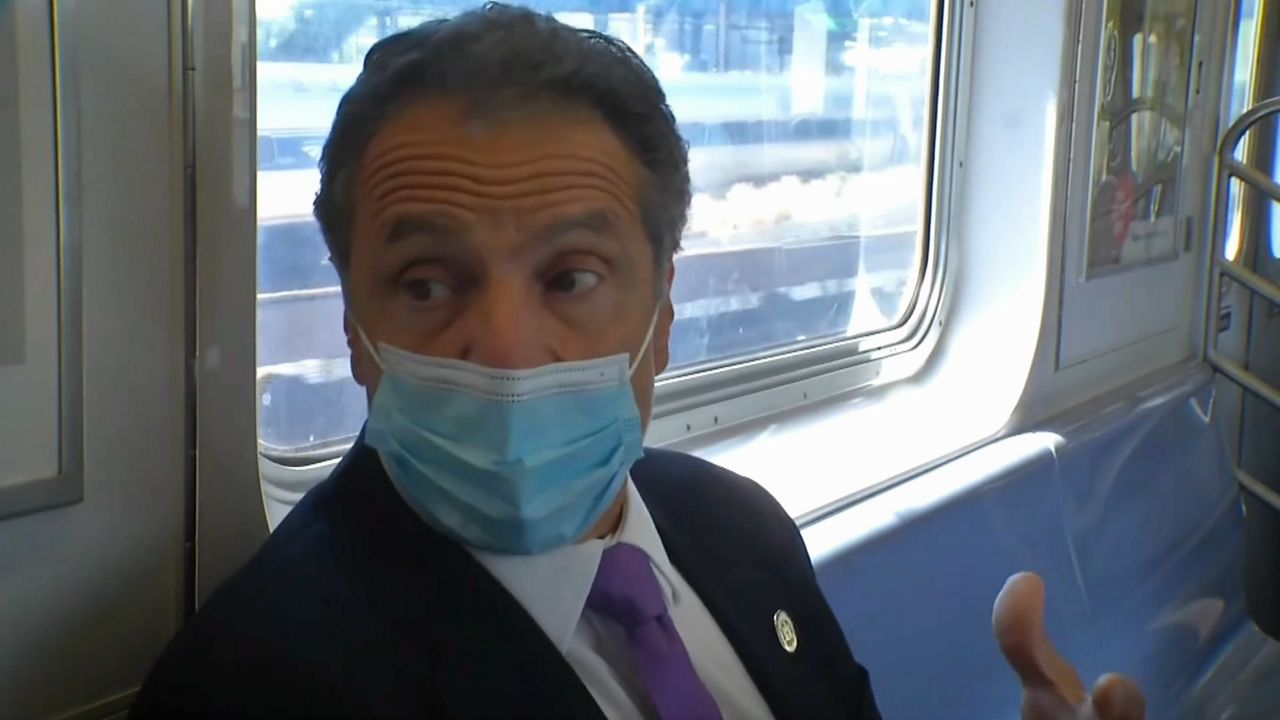New York City is doubling pedestrian and bike space on the Queensboro Bridge.
Starting Sunday, May 18, pedestrians and cyclists will no longer have to share the 11-foot-wide north outer roadway of the bridge, the city Department of Transportation said.
The north outer roadway will become a bike-only lane, while the bridge’s south outer roadway — which is currently a limited-hour vehicle lane — will become a pedestrian walkway, the agency said.
The Queensboro Bridge is one of the city’s busiest crossings for both pedestrians and cyclists, according to the DOT.
Currently, more than 10,000 people walk or bike across it daily, the DOT said, often facing congestion in the shared space.
Mayor Eric Adams and DOT Commissioner Ydanis Rodriguez said the move is part of a broader push to make city infrastructure safer and more accessible for non-drivers.
“For over 100 years, the Queensboro Bridge has safely connected New Yorkers driving, riding, and walking between Manhattan and Queens, all while offering breathtaking views of the greatest city in the world,” Adams said in a statement. “Now, our administration will make it even easier and safer to do so.”
The update follows similar efforts on the Brooklyn and Washington bridges, the DOT said.
The Queensboro upgrade comes amid record-high bicycle ridership across the East River bridges and a growing network of cycling infrastructure in western Queens, the agency added.
RFK Bridge gets new paths
Meanwhile, the MTA also recently unveiled new cyclist and pedestrian paths on the spans of the Robert F. Kennedy Bridge that connect Randall’s Island to the Bronx and East Harlem.
The new paths, which are ADA-complaint, replaced pedestrian-only paths, the MTA said.
The agency says it plans to overhaul the path between Randall's Island and Astoria by the end of 2027.
MTA Chair Janno Lieber, dressed for the occasion in cyclist's gear at Monday's unveiling, said cycling infrastructure is an essential part of the city's transportation network.
“Far from being a threat to mass transit, the [cycling] trend gives the MTA an opportunity to extend the transit system's reach deeper into communities that have less fixed rail service, or a little further away from a train station, especially the outer reaches," Lieber said.





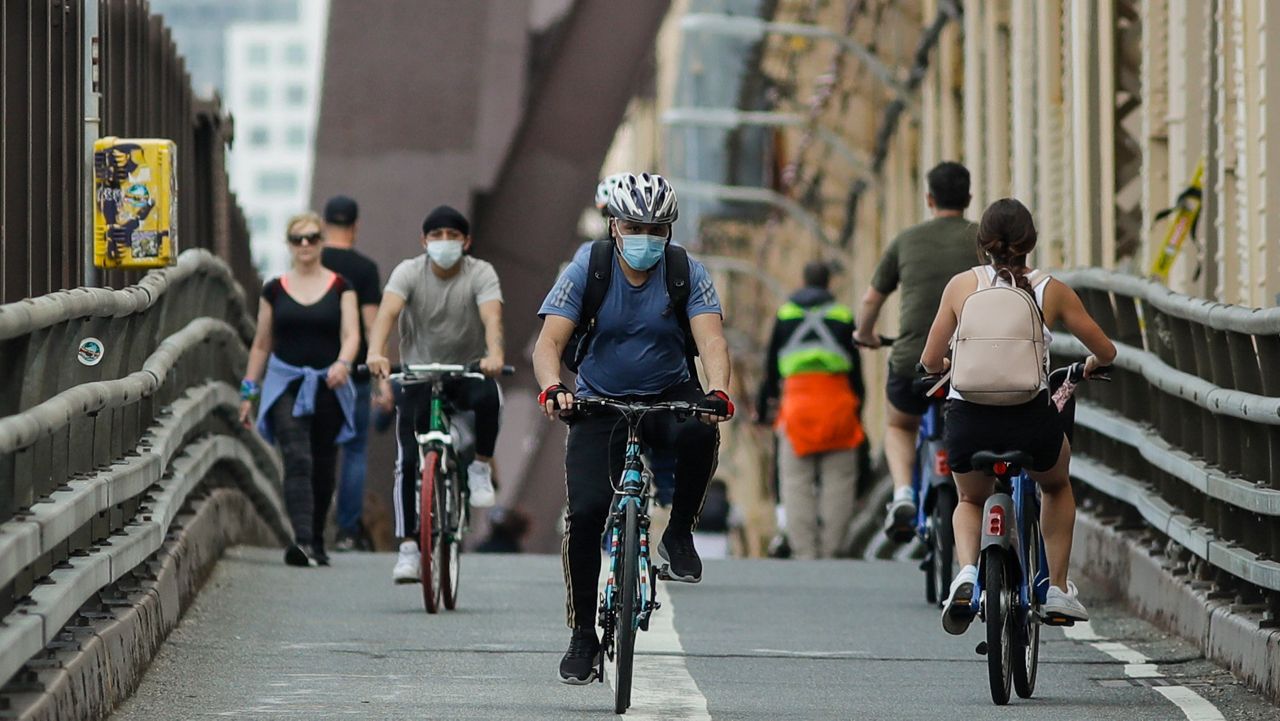
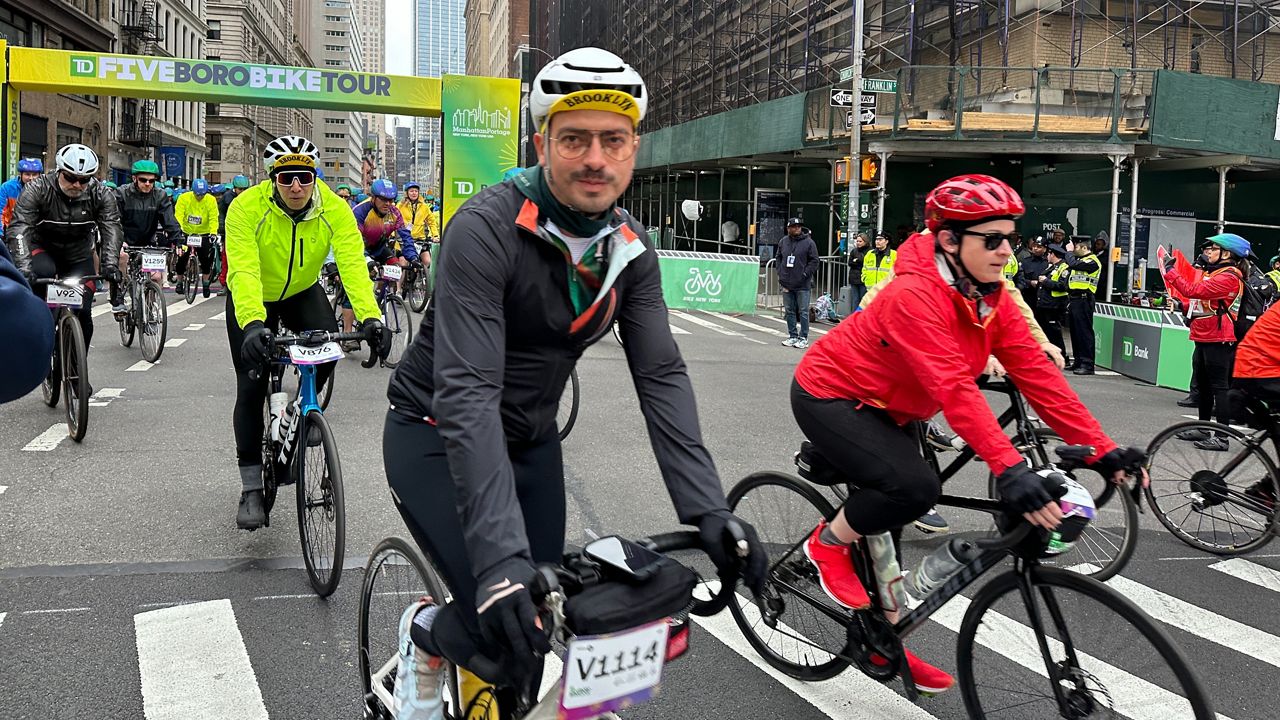
_PKG_New_Parking_Meters_129440843_3040)
